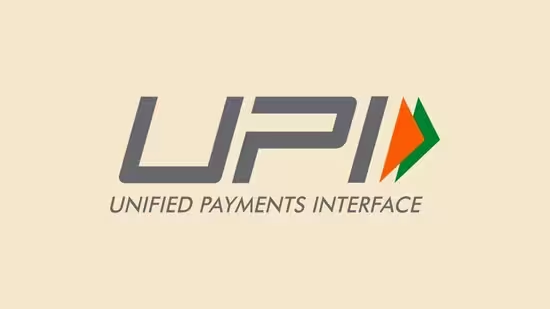India’s UPI Gets Major Overhaul from August 1: What It Means for Everyday Users
- MGMMTeam

- Jul 31
- 3 min read
India's digital payment revolution is entering a new chapter as the National Payments Corporation of India (NPCI) introduces significant changes to the Unified Payments Interface (UPI) system effective August 1, 2025. These changes are not just technical enhancements but a comprehensive response to growing usage, server overloads, and user grievances. With UPI becoming the backbone of daily financial transactions in India—handling billions of operations monthly—the new regulations seek to strike a balance between system efficiency, security, and user convenience.

Balance Checks Now Have Daily Limits
One of the most direct impacts for users will be a cap on daily balance checks. Each UPI application will allow a maximum of 50 balance enquiries per day. This step is being taken to reduce unnecessary API traffic which can burden bank servers, especially during peak hours. Frequent balance checks—often triggered automatically by some apps or users verifying transaction success—have historically added to the backend load. The limit ensures optimal functioning of the system, particularly during high-traffic times like festivals, end-of-month salary days, and sales seasons.
Stricter Rules for Pending Transaction Queries
For transactions that remain in a pending state, users will now be able to query the status up to three times, with a mandatory gap of 90 seconds between each attempt. This rule aims to reduce repetitive server hits for the same transaction and ensures that transaction outcomes are processed and communicated clearly without overloading the backend infrastructure.
Time-Bound Processing for AutoPay Mandates
Recurring payments set up via UPI AutoPay—such as subscriptions, EMIs, SIPs, or utility bills—will now be executed only during specific non-peak hours. These designated time windows include early morning (before 10 a.m.), afternoon (1 to 5 p.m.), and late night (after 9:30 p.m.). This change not only ensures a more stable processing environment for large batches of AutoPay instructions but also minimizes the risk of failed mandates due to server congestion. Furthermore, users will receive alerts at least 24 hours in advance if a mandate exceeds ₹15,000, providing ample time to ensure adequate balance and prevent failed transactions.
View Access to Linked Accounts Will Be Limited
Another significant update is the restriction on how often users can view their list of linked bank accounts within a single UPI app. Users will now be able to access this information only 25 times per day per application. This limitation is intended to avoid repeated and unnecessary API calls that, in aggregate across millions of users, can cause systemic delays.
Final Transaction Status Must Be Immediate
All UPI apps will now be required to display the final status of transactions—whether successful or failed—without undue delay. In recent months, users frequently complained about transactions hanging in “processing” or “pending” status for long periods, leading to uncertainty and potential double payments. With the new directive, NPCI ensures that transaction clarity becomes a priority, improving the overall trust and user experience with UPI apps.
Mandatory Balance Display After Every Payment
To improve financial transparency and prevent overuse of balance check APIs, every UPI payment must now be followed by a display of the updated account balance within the app interface. This small yet crucial addition will help users avoid manually checking their balance after each payment and will indirectly reduce the total balance check count system-wide.
Clear Beneficiary and Purpose Details to Be Shown
In a bid to fight fraud and increase transaction clarity, all UPI apps and merchants are now required to display the full name of the beneficiary and the purpose of the transaction clearly before the user confirms payment. This will help users double-check that they are transferring money to the correct party, thereby minimizing errors and scams that occur due to vague or misleading payment descriptions.
Compliance Requirements for UPI Apps and Banks
The NPCI has also mandated uniform transaction handling practices across all Payment Service Providers (PSPs) and banks. These include regulated API usage, better monitoring systems, and consistent refund timelines. The goal is to prevent outages caused by unbalanced traffic loads and ensure that users get uniform service regardless of which UPI app or bank they use. Non-compliance with these rules could lead to penalties, denial of API access, or even temporary restrictions on onboarding new users.
Conclusion: Towards a Smarter, Safer UPI Ecosystem
The upcoming changes from August 1 mark a pivotal moment in UPI’s evolution. As India's digital economy scales new heights, the infrastructure that supports it must become more resilient, transparent, and user-friendly. These reforms are not just backend technical tweaks; they reflect a deeper shift toward building trust and reducing friction in the everyday use of digital payments. For users, it is essential to adapt to these changes, understand the new boundaries, and take full advantage of a more structured and secure UPI system.
(Sources: IndiaTV News, NDTV, Hindustan Times)




Comments